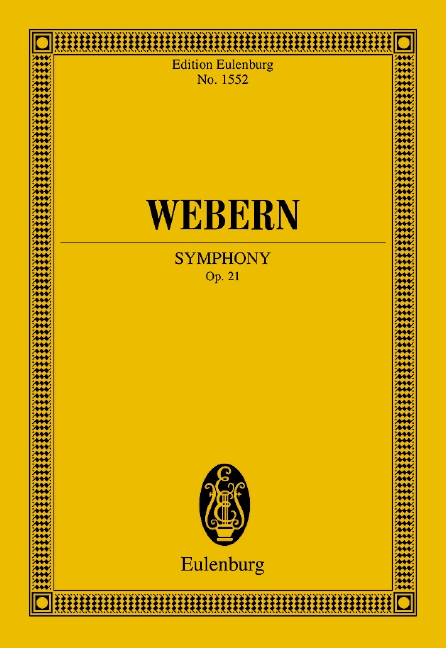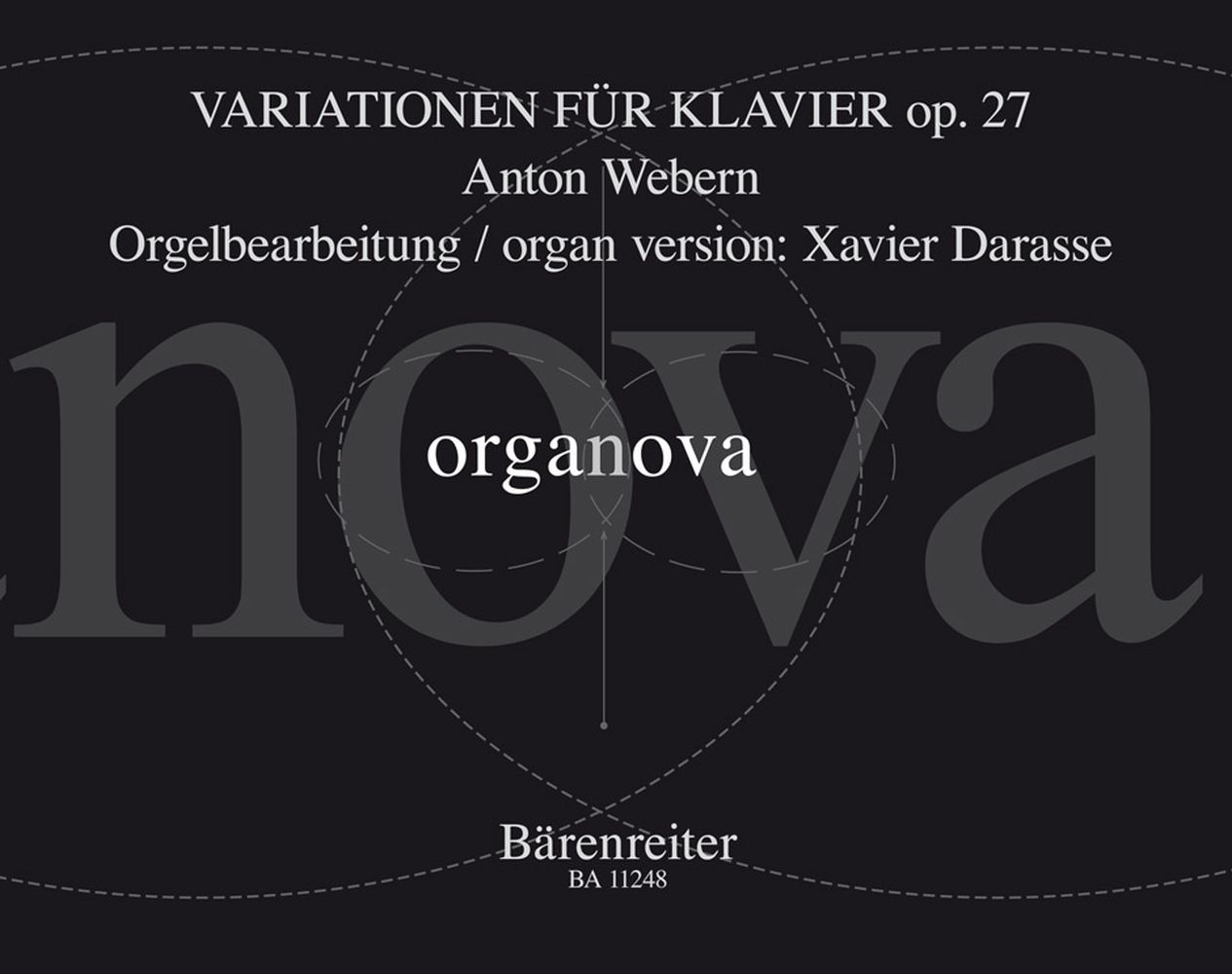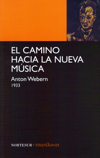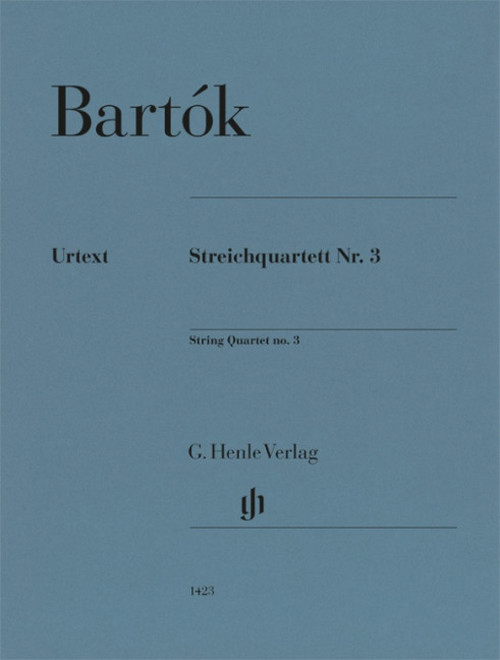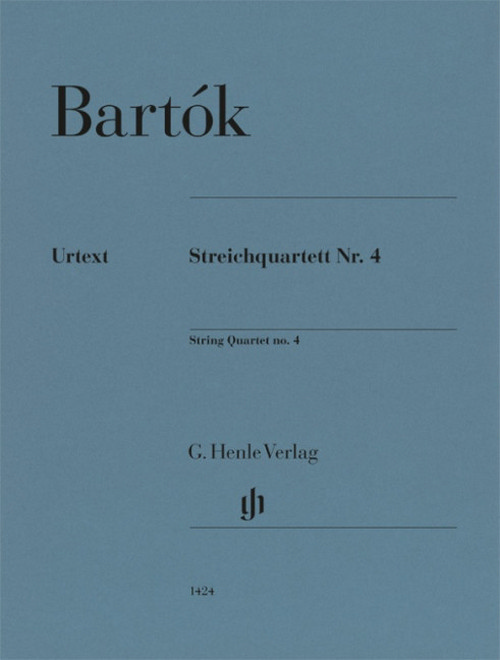
6 Pieces op. 6, Reduced version of 1928, for orchestra, Miniature score
Webern, Anton von
Universal Edition.Instrumento:
Ficha técnica
- EAN: 9783702410506
- ISBN: 978-3-7024-1050-6
- Código del editor: PH394
- Editorial: Universal Edition
Disponible en breve
Sin stock. Si se pide hoy, se estima recibir en la librería el 30/12/25PVP. 19,50€
Añadir a la Lista de deseos
ISMN: 979-0-008-02296-8
he had a university degree {Doctor of Philosophy) under his belt, was equally possessed by music and innocent, had acquired in Schoenberg's school the moral and technical equipment of a highly developed art of composition, and was scraping out a living as an assistant operetta conductor. His guiding examples, apart from Schoenberg, were Mahler and Wagner and, probably without his being conscious then of their proximity, the erudite music-masters of the Middle Ages and the Renaissance who had occupied him during his studies at the Musicological Institute directed by Guido Adler at the University of Vienna. The predecessors to Opus 6 were - besides several timorous student ventures, a piano quintet in C major and the imposing Passacaglia Op. 1 composed under Schoenberg's Supervision - a few little vocal works (Op. 2, 3 and 4) and the Five Movements for String Quartet. The pieces for orchestra are the only larger, as it were symphonic, work into which Webern incorporated his method, that method he was later fond of associating with the concept law, in the double meaning of the Greek word nomos. Here, to be sure, the law is not yet identical to the row law of twelve-tone composition which subsequently raised his method to the state of musical autonomy, but it is already very much his own law. A different aspect of greatness. The rather conventional external display of instrumentation, which binds Opus 6 to the mental and emotional sphere of the Passacaglia and its silent partners, also counts, precisely because this Webernian law materializes spontaneously in the opposite direction, in concentration on internals, or more exactly, in the substratum of seeming insignificance that is brought to light. A world of musical micro-organisms is displayed. The Six Pieces have an average length of 25 bars
CONTENIDO:
Sechs Stücke für Orchester (Fassung von 1928)


